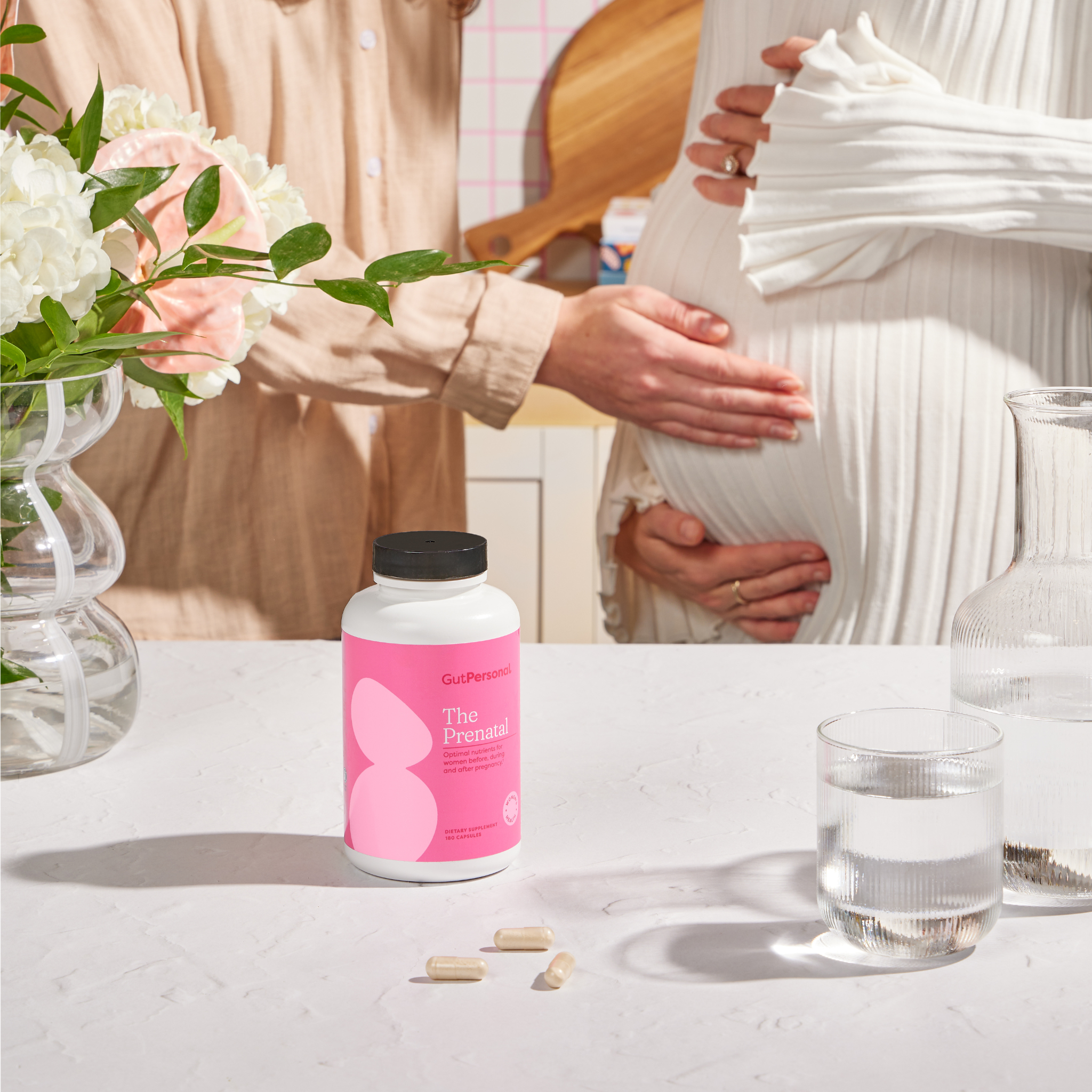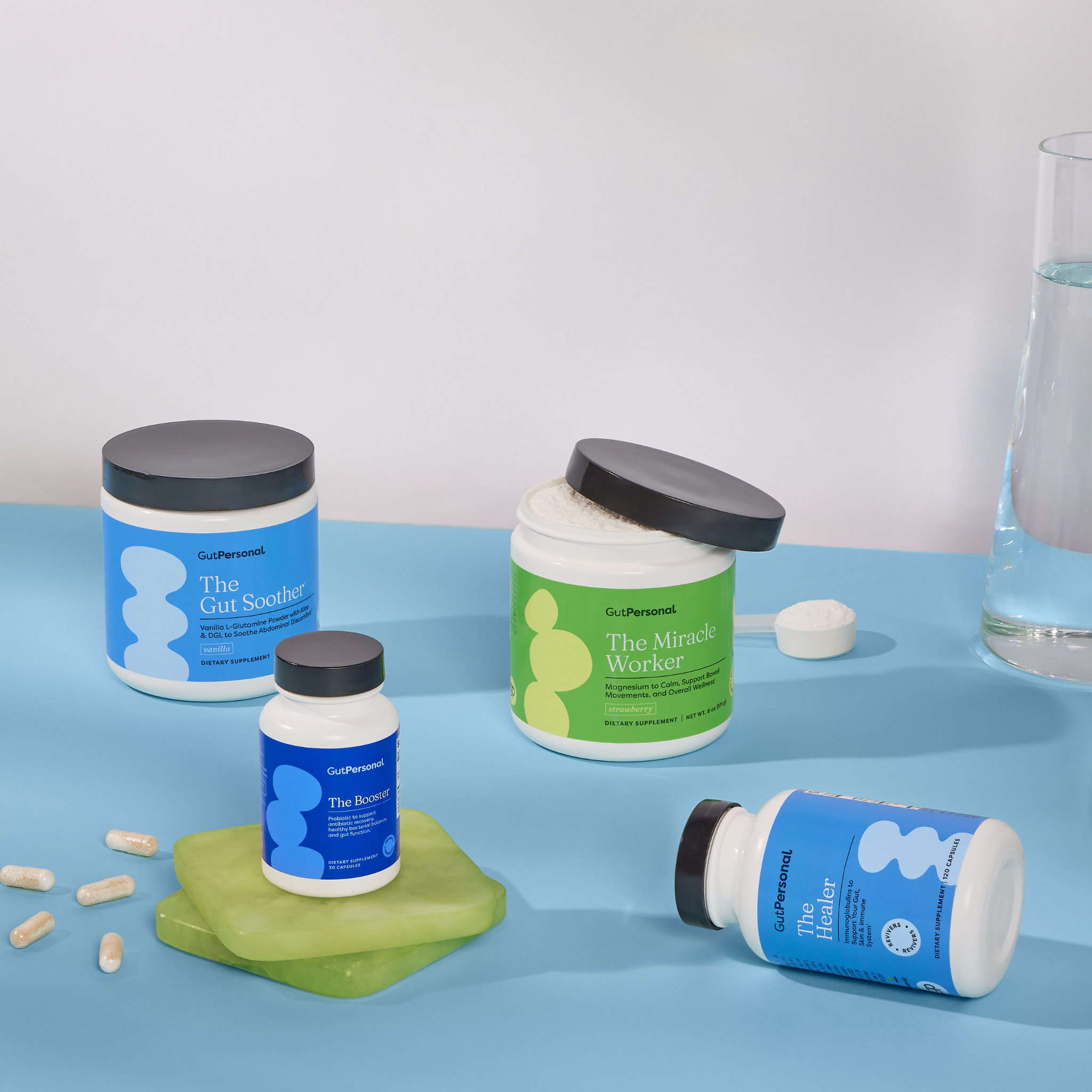Exercise is a vital component of a healthy lifestyle, but not all workouts are created equal, especially when it comes to women's hormone health. In this blog post, we'll explore the benefits of low-impact exercise for women, different forms of low-impact workouts, and why high-intensity workouts should be approached with caution, particularly during specific phases of the menstrual cycle.
The Importance of Hormone Health in Women
Hormones play a crucial role in women's overall well-being, influencing everything from mood and energy levels to reproductive health. Hormonal imbalances can lead to a range of symptoms, including irregular periods, mood swings, and fatigue. Exercise is one of the most effective ways to support hormone balance, but the type and intensity of exercise matter, especially for women.
Why Low-Impact Exercise?
Low-impact exercise offers numerous benefits for women's hormone health:
- Reduced Stress: High-impact workouts can elevate cortisol levels, contributing to stress and hormone imbalances. Low-impact exercise, on the other hand, helps reduce cortisol levels and promote relaxation.
- Gentle on Joints: Low-impact exercises are easier on the joints, reducing the risk of injury and inflammation, which can impact hormone balance.
- Supports Thyroid Function: High-intensity exercise can disrupt thyroid function, leading to imbalances in thyroid hormones. Low-impact exercise supports thyroid health without overtaxing the body.
- Balances Estrogen Levels: Excessive high-intensity exercise can disrupt estrogen levels, leading to irregular menstrual cycles and other hormonal issues. Low-impact exercise helps maintain balanced estrogen levels.
Different Forms of Low-Impact Exercise
- Walking: A simple yet effective form of low-impact exercise, walking can be done anywhere and at any pace. Aim for at least 30 minutes of brisk walking each day to reap the benefits.
- Cycling: Whether outdoors or on a stationary bike, cycling provides a low-impact cardiovascular workout that is gentle on the joints.
- Swimming: Swimming is an excellent full-body workout that offers resistance without impact, making it ideal for women of all fitness levels.
- Yoga: Yoga combines gentle movement, stretching, and breathwork to improve flexibility, strength, and mental well-being. Choose restorative or yin yoga for a particularly gentle practice.
High-Intensity Workouts and Ovulation
While high-intensity workouts can be beneficial for overall fitness, they should be approached with caution, especially for women. During ovulation, typically around the middle of the menstrual cycle, estrogen levels peak, providing a natural energy boost. This is the best time for high-intensity workouts, as the body is primed for physical exertion. However, during other phases of the menstrual cycle, particularly menstruation and the luteal phase, low-impact exercise may be more appropriate to support hormone balance and prevent overexertion.
Prioritizing hormone health is essential for women's overall well-being, and exercise plays a significant role in achieving hormonal balance. By incorporating low-impact exercise into your routine and being mindful of the timing of high-intensity workouts, you can support hormone health and feel your best throughout the menstrual cycle. Whether it's a leisurely walk, a gentle yoga session, or a refreshing swim, embrace the benefits of low-impact exercise for hormone balance and overall vitality.






Leave a comment
This site is protected by reCAPTCHA and the Google Privacy Policy and Terms of Service apply.